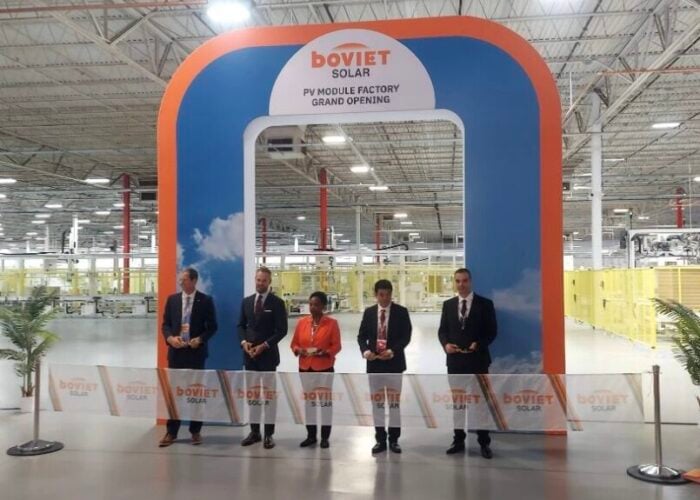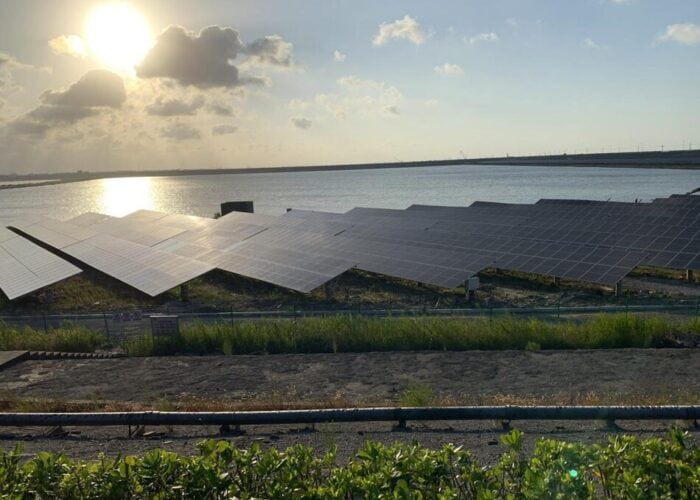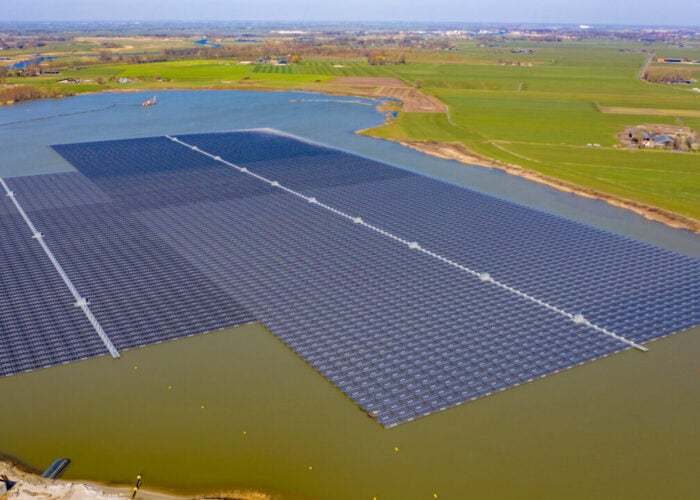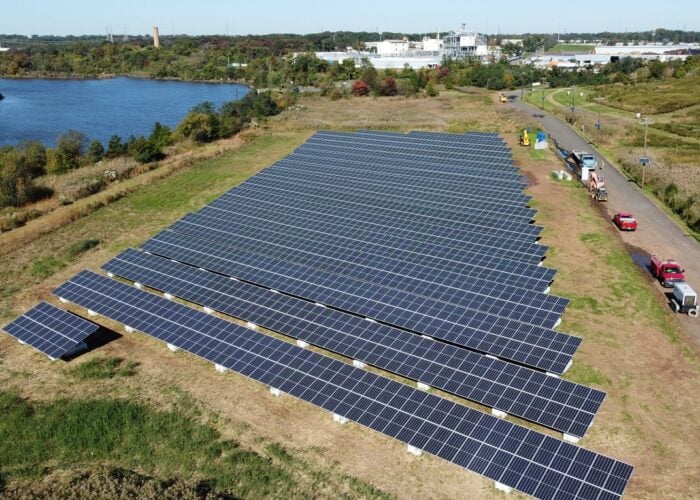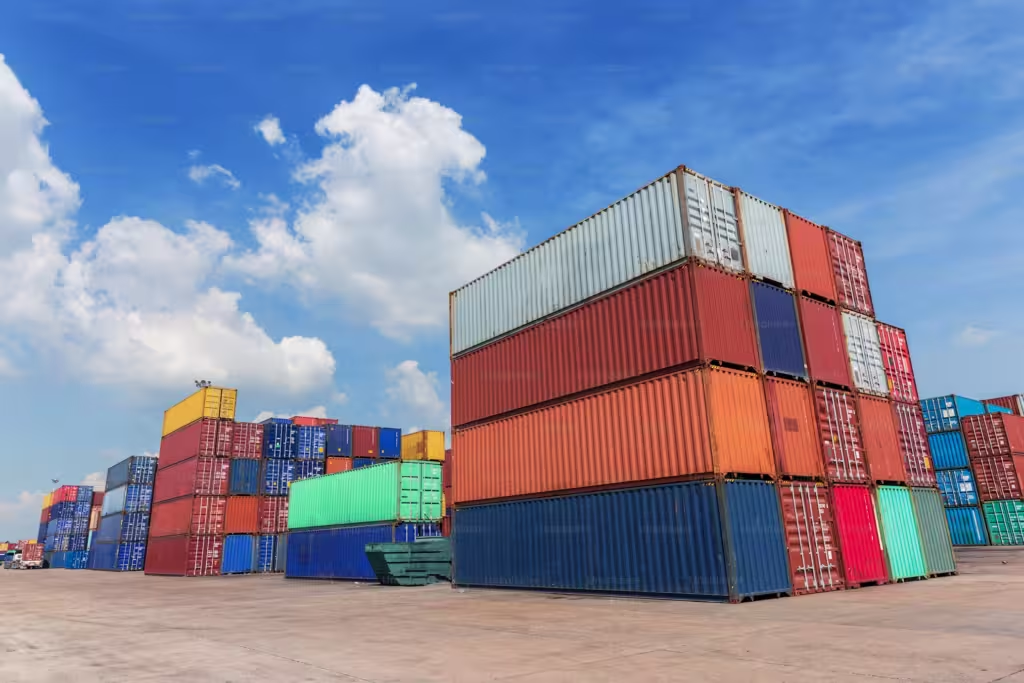
The broad tariffs announced this week by US president Donald Trump will hurt efforts to establish a domestic clean energy supply chain and inflate the price of solar PV modules and battery energy storage systems in the US, according to key US energy industry players.
Trump issued a barrage of “reciprocal” tariffs on goods coming to the US from a broad range of countries, with some of the highest rates going to countries which supply the majority of the US solar and energy storage industries. He also applied a base 10% rate to all imports coming to the US.
Unlock unlimited access for 12 whole months of distinctive global analysis
Photovoltaics International is now included.
- Regular insight and analysis of the industry’s biggest developments
- In-depth interviews with the industry’s leading figures
- Unlimited digital access to the PV Tech Power journal catalogue
- Unlimited digital access to the Photovoltaics International journal catalogue
- Access to more than 1,000 technical papers
- Discounts on Solar Media’s portfolio of events, in-person and virtual
Or continue reading this article for free
The president announced a 46% tariff on products from Vietnam, 36% on Thailand, 24% on Malaysia and 49% on Cambodia, as well as a further 34% levy on Chinese goods. As it stands, the US imports most of its solar modules and cells from the four Southeast Asian countries, and China overwhelmingly dominates the global solar and energy storage supply chains.
PV Tech has heard from US industry figures that the measures could make it harder to expand the emergent solar manufacturing base in the US and simultaneously make imported products more expensive, effectively creating a lose-lose scenario.
Product inflation
In simple terms, tariffs will make products entering the US more expensive for US buyers, as the importers who pay the tariff are likely to pass the cost down to consumers.
“We expect these tariffs to have a significant inflationary effect on both solar modules and batteries. Given the high country tariff for China, we expect storage to be hit especially hard,” said Mike Hall, CEO of US-based renewable energy analytics firm Anza.
“While we expect suppliers will work to reshuffle supply chains to minimise aggregate tariff rates, that is more challenging to do than ever.”
In other recent tariffs on the solar supply chain, the US industry has been faced with uncertainty and price increases. Clean Energy Associates (CEA) published a report which forecast that the antidumping and countervailing duty (AD/CVD) tariffs applied to solar cells entering the US from Southeast Asia could increase the price of imported and domestically produced solar modules by US$0.15 and US$0.10 per watt, respectively.
The same report said that the AD/CVD tariffs could result in solar project delays and cancellations due to increased and uncertain prices, which ultimately impacts the US energy transition and the growing share of new electricity demand met by solar PV and energy storage.
The actual impact of these most recent tariffs remains to be seen, but historical precedents like AD/CVD show that they tend to inflate prices for US buyers.
Hall suggested that finding cheap solar products in the US may become like “Finding needles in a haystack.
“Overall, despite the inflationary impact of these tariffs, we remain bullish about the US solar and storage market,” he told PV Tech. “Our country desperately needs more electricity. Load continues to grow at historically high rates. Natural gas is expensive and very slow to deploy. Even with these new tariffs, solar and storage equipment prices remain closer to historical lows than highs. All that taken together still leaves us optimistic about our industry’s future.”
Domestic manufacturing
Tariffs can sometimes be used to prop up a domestic industry to compete with more established or imbalanced industries elsewhere. For example, solar AD/VD tariff cases have been brought by US solar companies claiming that Chinese manufacturers have evaded US trade barriers by relocating parts of their supply chains to Southeast Asia and benefitting from subsidies and unfairly low prices.
Vanessa Sciarra, VP of trade & international competitiveness at the American Clean Power Association (ACP), told PV Tech that these broad tariffs would ultimately make it harder to expand and sustain the US solar manufacturing industry.
“Clean energy manufacturing alone [in the US] has doubled overall in the past two and a half years, creating tens of thousands of direct American jobs, making American-made products,” she said. “Just as other major sectors understand, history shows building a robust supply chain doesn’t happen overnight.
The US recently reached 50GW of solar module manufacturing capacity, according to the Solar Energy Industries Association (SEIA), but its cell capacity to supply those module facilities is far lower. The overwhelming majority of the cells that supply the US module facilities come from Southeast Asia and will become more expensive to procure as a result of tariffs.
Ultimately, US solar manufacturing—which has a strong case to represent the “American energy dominance” that Trump called for upon his election—will still be dependent on imported products to survive.
Former professor of economics at Cambridge University, Ha-Joon Chang, expressed his doubts yesterday over the potential success of Trump’s new tariff policy.
“[The tariffs] are not going to be even near enough to ‘Make America Great’”, Chang said in an interview on the Gary’s Economics podcast yesterday.
Speaking about the automotive industry, he said: “You cannot rebuild these industries by simply having one factory here, one factory there, because in order to have really high productivity you need not just the factory making the final product but a whole ‘industrial ecosystem’, as some economists call it.”
The same analysis applies to solar PV manufacturing and has been expressed by industry analysts in the past. Module production facilities without readily accessible cell and wafer supply, as well as infrastructure and skills to support them, aren’t a stable or resilient manufacturing base.
Sciarra said: “The policy whiplash from these tariffs will ultimately undermine the ability to realise a domestic supply chain and will constrain efforts to deliver energy security and reliability for Americans.”
Beyond the coming fallout from the tariffs (China has reportedly already announced retaliatory measures), the next big question will be over the domestic incentives for clean energy manufacturing under the Inflation Reduction Act (IRA). If left alone, the US may still attract upstream solar manufacturers who would then be able to sell US products tariff-free. However, given the pause on the disbursement of some IRA funds, recent changes to other incentives and efforts to recall clean energy grants made by the Environmental Protection Agency (EPA), the future of those incentives is far from certain.

